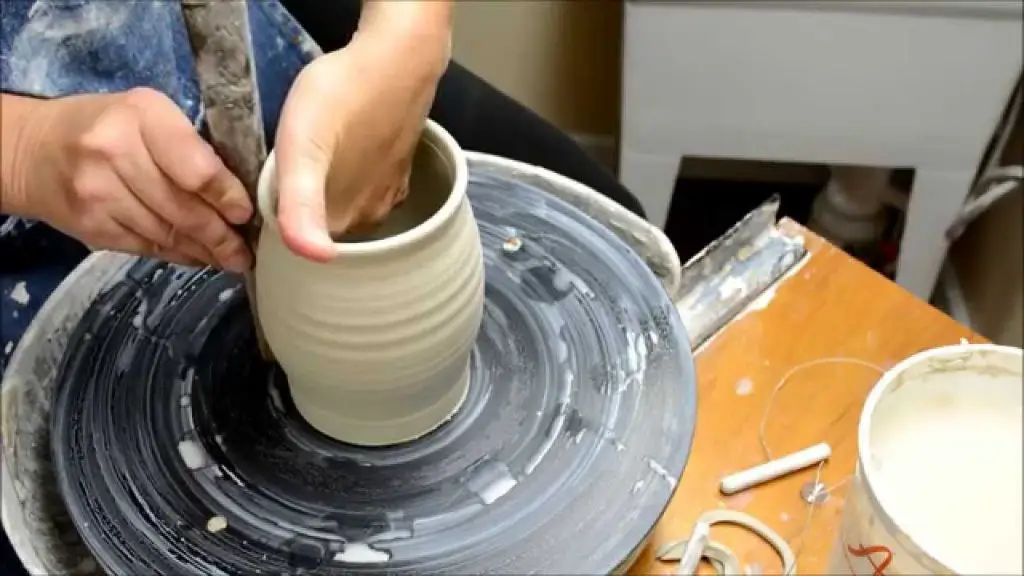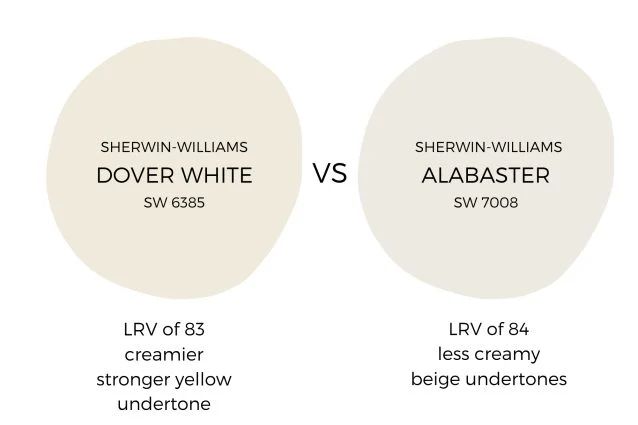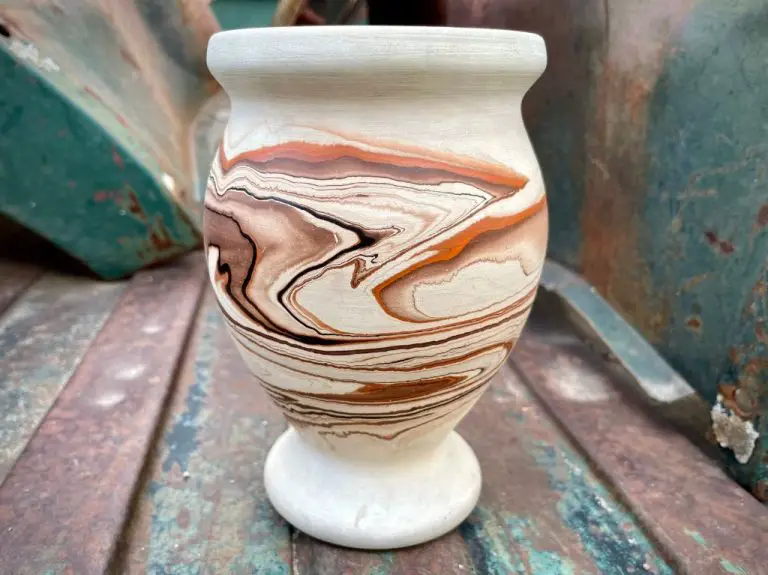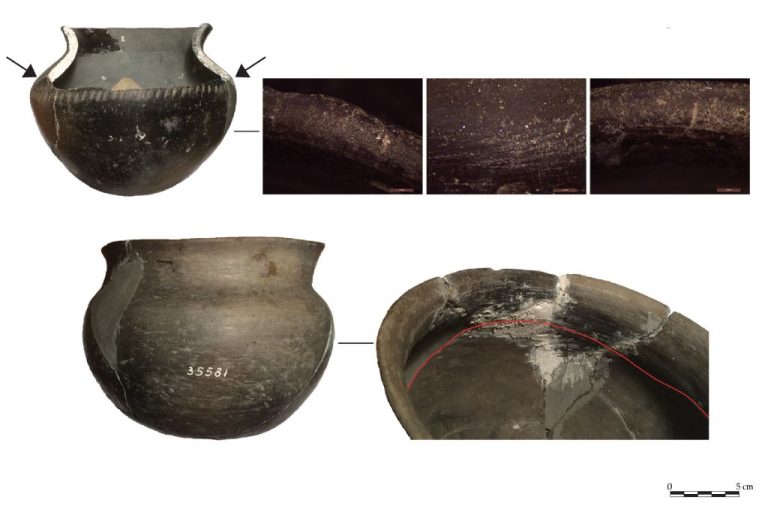What Is Clay Work?
What is Clay?
Clay is a type of fine-grained natural soil material containing clay minerals. According to Merriam-Webster dictionary, clay is defined as “a substance that resembles clay in plasticity and is used for modeling.1” Clays develop plasticity when wet but harden when dry or baked, allowing them to be molded into various shapes.2
The origins of the word clay come from the Old English term clæg meaning sticky.3 Chemically, clay is formed from the decomposition of feldspar, a primary component of granite rock. It is composed of hydrated aluminosilicates, a group of minerals containing aluminum, silicon, and oxygen.4 The small size of clay particles gives it a high surface area and plasticity.
Due to its abundance, workability when wet, and hardening properties when fired, clay has been used across cultures and history for pottery, sculptures, tiles, and bricks.
1. https://www.merriam-webster.com/dictionary/clay
2. https://en.wikipedia.org/wiki/Clay
3. https://dictionary.cambridge.org/us/dictionary/english/clay
4. https://en.wikipedia.org/wiki/Clay
History of Clay Work
The earliest evidence of clay work dates back over 20,000 years. The Venus of Dolní Věstonice, a ceramic figure found in the Czech Republic, has been dated to 29,000–25,000 BCE, making it one of the oldest known ceramic artifacts (Wikipedia). Pottery was also being produced in East Asia during the Palaeolithic period, with the earliest fired ceramic objects unearthed there dating back to 20,000 BCE (Deneen Pottery).
Major innovations in pottery were developed in the Neolithic period as early humans began to settle and produce their own food. Around this time, glazing techniques emerged in the Middle East and East Asia. Amphora vessels for storing goods were also developed during the Bronze Age and spread along Mediterranean trade routes.
One revolutionary clay innovation was the pottery wheel, which was likely invented in Mesopotamia during the 4th millennium BCE and allowed far more intricate and symmetrical ceramic pieces to be produced. The wheel would spread across Eurasia and become an essential pottery tool (Lakeside Pottery). From the Bronze Age onward, clay work steadily advanced across the world.
Types of Clay
There are several common types of clay used in pottery and sculpture. Each type has its own properties that make it suitable for different applications.
Earthenware clay is one of the most common types of clay. It fires at lower temperatures compared to other clays, generally between 1,800-2,200°F. Earthenware has good plasticity meaning it is flexible when wet yet stiff when dry. It can be used to create a variety of functional and decorative pottery. Source
Stoneware clay fires at higher temperatures around 2,200-2,400°F making it less porous and stronger than earthenware. Its increased durability makes it excellent for functional pottery and ceramics that will be frequently used and hold liquids. Stoneware has high plasticity, allowing artisans to throw narrow walls and detailed shapes. Source
Porcelain is highly refined and fires at the highest temperatures around 2,400-2,550°F. Its high kaolin content makes it white in color and gives an extremely dense, non-porous body. Porcelain has low plasticity but is strong and durable. It is ideal for delicate sculptures and decorative pieces. Porcelain’s whiteness also allows colored glazes to show through brilliantly.
Fire clays have very high heat resistance, excellent for insulating kilns and creating ceramic pieces that must withstand intense firing temperatures. Fire clays are less plastic than other clays so not as commonly used for pottery. However, additions of grog (ground up fired clay pieces) improve its workability.
Working with Clay
Before clay can be used for pottery or sculpture, it needs to be properly prepared. Fresh clay directly from the bag is often too wet or too dry to work with effectively. Proper conditioning ensures the clay is malleable and free of air bubbles and contaminants before throwing, handbuilding, or sculpting begins. The main ways to prepare clay are wedging, kneading, and aging.
Wedging involves cutting the clay into chunks and slamming it against a flat surface repeatedly to squeeze out air bubbles and evenly distribute moisture. According to How to Prepare Clay for Pottery, wedging is key for centering clay on the pottery wheel. Kneading is done by hand, working the clay into a smooth, uniform ball. Kneading blends clays of varying stiffness and reincorporates recycled clay scraps. For aging, moist clay is wrapped in plastic over 1-2 weeks allowing moisture to fully permeate the clay body.
Well-prepared clay should feel cool, firm, smooth, and resilient according to How to Prepare Clay for Pottery. Proper clay storage is also important to maintain optimal moisture content. Wrapping clay in plastic or storing it in sealed containers will prevent drying. Prepared clay can be stored in this way for months before use.
Pottery Techniques

There are several major techniques used in pottery and ceramic making. Some of the most common and widely used techniques include:
Wheel Throwing – This technique involves the use of a potter’s wheel to shape clay into symmetrical forms like bowls, vases, cups, and plates. The clay is centered on the wheel and then pushed and pulled as the wheel spins to form vessels with thin, even walls. Wheel throwing allows the creation of multiple, identical pieces and smooth curved surfaces that would be difficult to achieve by hand. It requires great skill to master but is one of the most versatile ceramic techniques.
Hand Building – Hand building involves shaping the clay by hand rather than with the use of a wheel. Techniques like pinch pots, coil building, and slab construction are all hand building methods. Pinch pots are made by pinching and pulling the clay into shape. Coil building involves rolling ropes of clay into coils and stacking them to form the desired shape. Slab construction uses slabs of clay that are joined together and molded. Hand building allows for unique asymmetric forms and thick sturdy pieces.
Slip Casting – This production technique creates multiples using plaster molds. Liquid clay slip is poured into the mold and allowed to coat the interior walls forming a shell. Once the layer dries and hardens, the excess slip is poured out leaving a hollow vessel in the shape of the mold. Slip casting allows for precise, standardized shapes to be replicated with thinner walls and smoother surfaces than hand building.
Other techniques like sgraffito, terra sigillata, raku firing, and more create decorative effects on the surface of cured clay pieces. Ceramic artists use these techniques in combination to produce functional and sculptural works in clay.
Sculpting with Clay
Sculpting with clay is a technique for shaping clay into three-dimensional artworks and figures. There are a variety of methods and tools used to sculpt with clay:
Some common sculpting techniques include:https://www.domestika.org/en/blog/11125-8-must-know-clay-modeling-techniques
- Modeling by hand – shaping clay by pressing, pulling, pinching or otherwise manipulating it with your hands
- Carving – cutting away material from a clay block to shape it
- Coiling – making long strands or coils of clay then smoothing them together to build up shapes
- Slab construction – stacking and joining flat slabs or rolling sheets of clay
Tools for sculpting with clay include:https://ceramicartsnetwork.org/daily/article/A-Couple-of-Cool-Clay-Sculpture-Techniques
- Loop tools – for smoothing, shaping and detailing
- Ribbon tools – flexible blades for shaping and marking clay
- Cutting wires – thin wires for cutting clay and making clean edges
- Various knives and blades – for cutting, slicing and shaving clay
Clay sculpting allows artists to freely shape artwork in 3D, either abstractly or representing figures, objects or scenes realistically. It is an engaging hands-on medium that enables creative expression.
Glazing and Firing
Glazing is an important part of finishing clay work. Glazes are made from a mixture of silica, fluxes, and other ingredients that melt and fuse to ceramics when fired in a kiln. Common glaze ingredients include silica, feldspar, kaolin, quartz, dolomite, and colorants like oxides. Glazes can be categorized into raw glazes that fuse during firing vs. fritted glazes that are processed into glass before being applied. Glazes are typically applied by dipping, pouring, or spraying. Multiple layers and colors can be used to achieve desired effects.
The kiln firing process brings clay and glazes up to high temperatures to permanently harden and finish them. There are several types of kiln firing:
– Bisque firing: The first firing done on greenware or unfired clay to harden it. Temperatures are usually around cone 04-06.
– Glaze firing: The firing done on bisqueware with applied glazes to melt and fuse the glazes to the clay body. Typical cone temperatures are 06-10.
– Raku firing: A specialized technique involving removing pottery from the kiln while red hot to achieve unique crackled glaze effects.
Kilns are heated according to a schedule that brings the temperature up at specific rates, holds at peak temperature, and then cools. Understanding firing schedules, cones, and thermocouples allows for proper glaze fusion.
Proper glazing and firing techniques result in finished ceramic ware with hardened bodies and glossy, opaque, or translucent glaze finishes.
Notable Clay Artists
Ceramics and pottery have been crafted for thousands of years, with influential artists shaping the field over time. Here are brief profiles of some key ceramic artists through history:
Bernard Palissy was a French potter working in the 1500s known for developing vivid glazes and realistic decorative designs featuring animals, fish, and reptiles. His vivid “Palissy ware” pioneered a new ceramic style. [1]
Josiah Wedgwood was an English potter who founded the Wedgwood company in the 1700s. He helped revolutionize ceramics manufacturing and pioneered innovations like his iconic Jasperware in matte blue and white. [2]
Adelaide Alsop Robineau was an American artist active around 1900 who pushed boundaries with simple, modernist designs. She helped bring ceramics into the fine arts world and codified best practices in her influential book Keramic Studio. [3]
Peter Voulkos was an American artist working in the mid-20th century. He pushed ceramics into abstract expressionism and sculptural new forms, influencing generations of ceramic artists. His massive, roughly hewn sculptures made a major impact. [4]
Clay Work in Culture
Clay work has played an important role in cultures around the world for thousands of years. Evidence of pottery has been found dating back over 20,000 years in China and Japan, and over 18,000 years in Eastern Europe.
Pottery and clay vessels were essential for storing, cooking, and transporting food and water before other materials were widely available. Colorful pottery and terra cotta sculptures have been used in religious and ceremonial contexts across many ancient cultures. According to https://thepotterywheel.com/why-is-pottery-important/, pottery provides an enduring resource for archaeologists and historians to understand the everyday lives, beliefs, and values of past civilizations.
The development of glazing techniques allowed potters to create colorful decorative objects prized by elites and royals. For example, Chinese porcelain reached extraordinary levels of artistry, while Greek pottery featured intricate painted scenes from mythology. As https://www.worldhistory.org/pottery/ notes, due to its abundance and durability, pottery comprises a significant portion of artifacts recovered from ancient sites.
Pottery also became tied to cultural identity and ethnicity. Unique regional styles emerged among Native American tribes, often featuring symbolic designs. Japanese raku and English slipware also developed distinctive aesthetics. Over centuries, pottery documented the evolution of cultures across the globe.
Clay Work Today
In modern times, clay work continues to evolve with new techniques and innovative applications. Ceramics and pottery remain popular art forms, with contemporary ceramic artists pushing the boundaries of traditional methods. Some trends in clay work today include:
- Large-scale ceramic sculpture and installation art using unconventional clay shapes and forms.
- Minimalist, asymmetrical, and abstract ceramic designs.
- Ceramics made using 3D printing technology, allowing for more precision and complex shapes.
- Clay composite materials such as geopolymer clay with enhanced strength, durability and sustainability.
- Architectural and design applications for brick, tile, terra cotta made from natural, locally-sourced clays.
- Interactive community clay studios and museums providing hands-on learning experiences.
Clay’s versatility, sustainability, and aesthetic appeal continue to inspire artisans and designers globally. New generations of clay workers are finding innovative ways to shape clay into cutting-edge art, architecture, and design pieces while respecting its long history and craft traditions.





